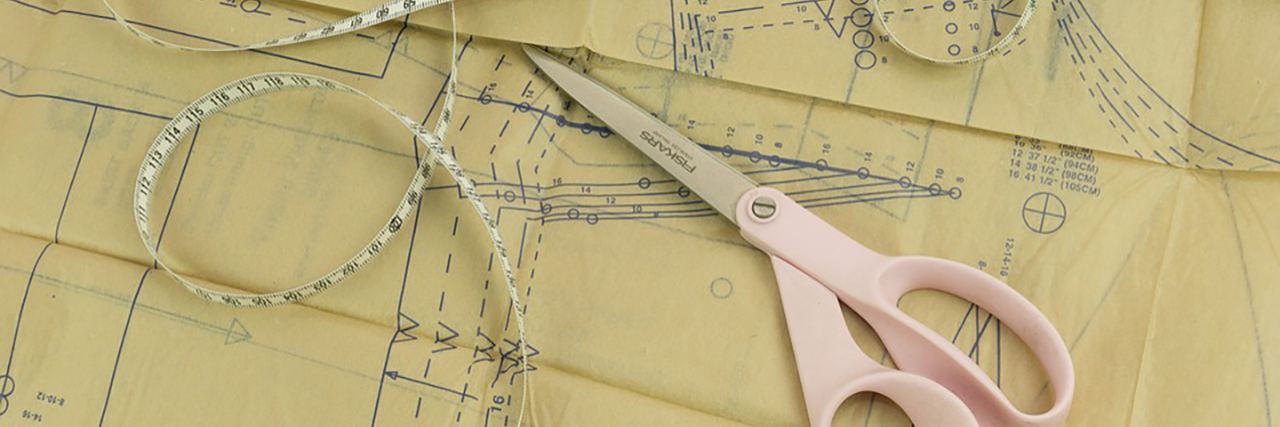Buttons, zippers, non-stretch fabric, dresses with little give, shirts that are see-through — popular fashion seems to be made only for averagely-abled people. Those who have reduced fine motor skills, have sensory issues, require wheelchairs or have ostomy bags or central lines they might not want seen have trouble navigating the world of fashion. The setup of the fashion market has made it nearly impossible to be disabled and still fashionable.
But here’s the thing — making accessible clothing isn’t as hard as most people would assume. It just requires a little more research and time. I’ve been a seamstress for almost 10 years now, and as someone with a disability, anything I make for myself is made to fit my needs. And you know what? It’s easy! I place zippers that I can reach, use buttons that are easy to slip into their respective holes, and pick fabric that feels good and has give. So why is it so hard to find these things in “the wild,” as it were?
If I had a good guess, it comes down to a societal issue. Even though we have made great strides in disability acceptance, our society still sees disability as something that is inherently bad. Disability isn’t bad, not the way most people think, it just means that those of us who are disabled require different things. And society, for whatever reason, often doesn’t want to provide those things.
A great example of this is Madeline Stuart, who is a model with Down syndrome. Madeline is absolutely stunning, and her entrance into the modeling world made waves like never seen before. But her decision to become a model shouldn’t have been such a big deal — if someone wants to model, they should. There shouldn’t be some arbitrary rule that says “you’re different so you can’t.” Because, really, why are we different? Because we aren’t a size two, with long legs and a perfectly shaped nose? If that’s the standard, then there are very few people who aren’t different. And that means a good chunk of the world isn’t being represented properly and doesn’t have access to things they may need.
It may be a small thing, but I recently went out and bought some patterns, ranging from sizes 6 to 22,and in some cases 28. I got a brand new notebook and some fabric samples, and decided it was time to give the world clothing that anyone can wear, no matter their size, color or ability. This isn’t an advertisement or anything, I haven’t even gotten to that point, but more of a statement on the fashion industry.
I have Ehlers Danlos Type 3, or hyper-mobility type. I have trouble sleeping, have difficulty with fine motor skills on some days, and am often times sporting any number of braces to keep myself together. If I can come up with flattering designs that are available to anyone…
So can major clothing companies.
Image provided by contributor.

